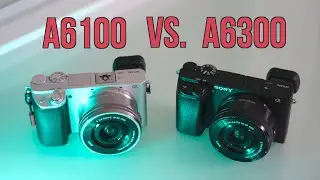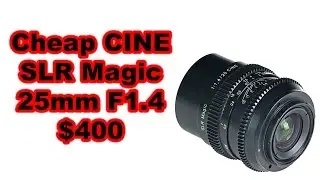Scrolling text display on LCD (16x2) | Simulation | Text scrolling in both Left & Right Direction
Arduino 16x2 LCD screen display Text Scrolling “Arduino Project for beginners”
----------------------------------------------------------------------------------------------------------------------------------------------------------------
-------------------------
📌Introduction
-------------------------
To establish a good communication between human world and machine world, display units play an important role. And so they are an important part of embedded systems. Display units - big or small, work on the same basic principle. Besides complex display units like graphic displays and 3D dispays, one must know working with simple displays like 16x1 and 16x2 units. The 16x1 display unit will have 16 characters and are in one line. The 16x2 LCD will have 32 characters in total 16in 1st line and another 16 in 2nd line. Here one must understand that in each character there are 5x10=50 pixels so to display one character all 50 pixels must work together. But we need not to worry about that because there is another controller (HD44780) in the display unit which does the job of controlling the pixels. (you can see it in LCD unit, it is the black eye at the back ).
In this tutorial we are going to interface a 16x2 LCD with ARDUINO UNO. Unlike normal development boards interfacing a LCD to a ARDUINO is quite easy. Here we don’t have to worry about data sending and receiving. We just have to define the pin numbers and it will be ready to display data on LCD.
-------------------------
📌Circuit
-------------------------
A register select (RS) pin that controls where in the LCD's memory you're writing data to. You can select either the data register, which holds what goes on the screen, or an instruction register, which is where the LCD's controller looks for instructions on what to do next.
1. A Read/Write (R/W) pin that selects reading mode or writing mode
2. An Enable pin that enables writing to the registers
3. 8 data pins (D0 -D7). The states of these pins (high or low) are the bits that you're writing to a register when you write, or the values you're reading when you read.
4. There's also a display constrast pin (Vo), power supply pins (+5V and Gnd) and LED Backlight (Bklt+ and BKlt-) pins that you can use to power the LCD, control the display contrast, and turn on and off the LED backlight, respectively.
The Hitachi-compatible LCDs can be controlled in two modes: 4-bit or 8-bit. The 4-bit mode requires seven I/O pins from the Arduino, while the 8-bit mode requires 11 pins. For displaying text on the screen, you can do most everything in 4-bit mode, so example shows how to control a 16x2 LCD in 4-bit mode.
The connections which are done for LCD are given below:
1. PIN1 or VSS to ground
2. PIN2 or VDD or VCC to +5v power
3. PIN3 or VEE to ground (gives maximum contrast best for a beginner)
4. PIN4 or RS (Register Selection) to PIN13 of ARDUINO UNO
5. PIN5 or RW (Read/Write) to ground (puts LCD in read mode eases the communication for user)
6. PIN6 or E (Enable) to PIN12 of ARDUINO UNO
7. PIN11 or D4 to PIN5 of ARDUINO UNO
8. PIN12 or D5 to PIN4 of ARDUINO UNO
9. PIN13 or D6 to PIN3 of ARDUINO UNO
10 PIN14 or D7 to PIN2 of ARDUINO UNO
-------------------------
📌 Tags
-------------------------
#arduino #electronics #lcd
📌 Tune With us so you never miss any update
-------------------------------------------------------------------------------------------------------------------------------------------------------------
🏷️Telegram : https://t.me/electronicsdeveloper
🏷️Facebook : / electronicsdeveloper
🏷️Instagram : / electronics_developer
🏷️Tweeter : https://twitter.com/Electronics_Dev?s=09
🏷️LinkedIn : / electronics-with-shreyash
🏷️Pinterest : / electronics_developer
----------------------------
Source code
----------------------------
https://electronicswithshreyash.blogs...
Copyright Disclaimer under Section 107 of the copyright act 1976
--------------------------------------------------------------------------------------------------------------------------------------------------------------
Copyright Disclaimer under Section 107 of the copyright act 1976, allowance is made for fair use for purposes such as criticism, comment, news reporting, scholarship, and research. Fair use is a use permitted by copyright statute that might otherwise be infringing. Non-profit, educational or personal use tips the balance in favour of fair use.
---------------------------------------------------------------------------------------------------------------------------------------------------------------
About Electronics Developer : YouTube certified creative essentials and asset monetization
---------------------------------------------------------------------------------------------------------------------------------------------------------------




![Star Citizen - Making Money with an Aurora [GIVEAWAY]](https://images.videosashka.com/watch/o7JyUhfZ3Wo)


